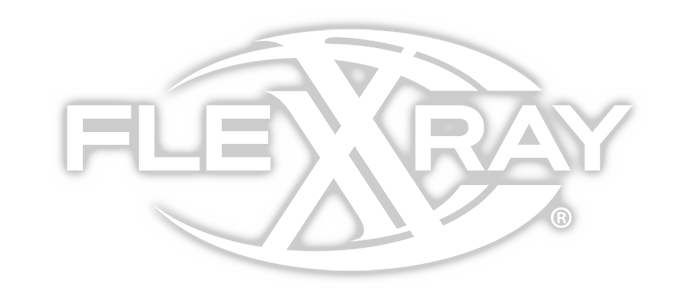What is Physical Contamination in Food?
Physical food contamination occurs when a foreign object ends up in food product at some point during production. The most common examples include metal, glass, plastic, rubber, wood, stone and bone. These contaminants can occur naturally or as a result of the highly mechanized food production process.
Each type of food contamination—biological, chemical or physical—requires a different response. According to the FDA, physical contaminants come in two categories: hard/sharp physical hazards and choking hazards. Either are dangerous if left undetected.
X-ray inspection can help producers locate physical contaminants in finished product. With leading technology that can detect even small fragments, FlexXray is the #1 trusted company to ensure that food product is free from physical contamination.
Where do physical contaminants come from? The short answer: anywhere.
Metal can enter food product through the farming process or different stages of processing. Blades, nuts and bolts, or broken equipment all pose a threat.
Glass containers are another risk; even broken overhead lights have presented issues in the past.
When facilities use hard plastic tools (paddles, buckets, sieves, etc.), that plastic can wear down, break and end up in finished product.
Rubber seals and O-rings, typically used to prevent leakage, can break into fragments and contaminate product.
Contamination from wood—whether pallets used for transportation or utensils used for manufacturing—is yet another risk.
Typically naturally occurring, stones and rocks can enter food product early in the supply chain.
Specifically threatening in the meat and poultry industries, bone is far too often found in finished “boneless” product.
Food producers can respond to physical contamination by detecting the contaminants, removing them from finished product and tracing the issue down to its source. X-ray inspection is the most accurate and effective method for addressing physical contamination in food. Being able to identify and eliminate physical contaminants is essential in keeping end users of your food product—and in turn, your profits—safe.
Reach Out to FlexXray Today
Trust FlexXray
How It Works
Find A Location
By The Numbers
Testimonials
How It Works
+
1. Send Product
You send FlexXray a sample of the product. We test it to ensure the job can be done.
2: Inspection
After receiving the entire product hold, we inspect it for duds, swells, leaks and other concerns.
3. Detailed Report
We provide a detailed report of our findings and distribute the safe product to the destination(s) of your choosing.
Find A Location
+
- Arlington, TX
- Aurora, IL
- Fort Mill, SC
- Vineland, NJ
- Las Vegas, NV
- Now Open: Boise, ID
Now Open: Boise, ID
In-House Inspection and/or Rental
Las Vegas, NV
In-House Inspection and/or Rental
6355 East Tropical Parkway
Suite 110 North
Las Vegas, NV 89115
By The Numbers
+
97%
Of product we inspect returns safely to commerce/the supply chain.
Top 15
15 of the top 20 U.S. food & beverage manufacturers use FlexXray services.
104M
Total pounds of food
inspected since 2023.



